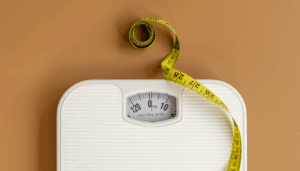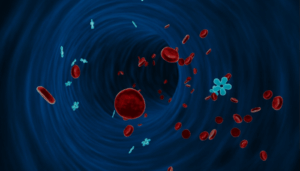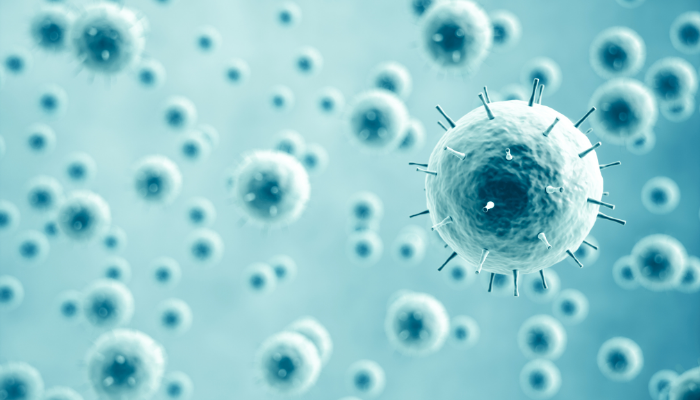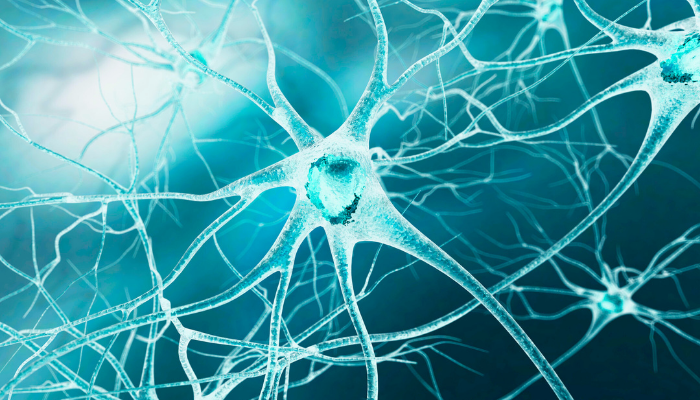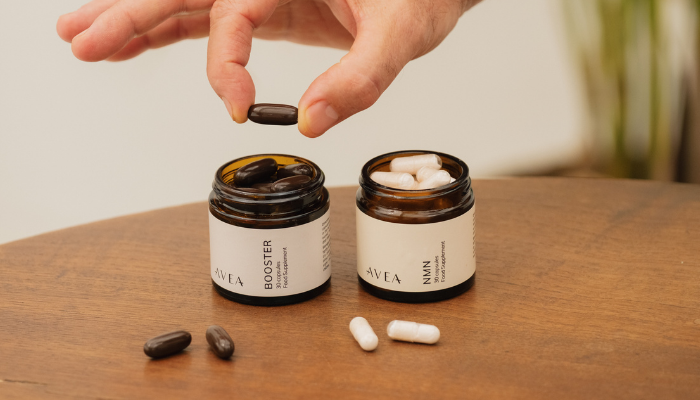Exercise has been a constant prescription for vitality for centuries. Whilst science has come up with several reasons why, it is fair to say that many of us, including doctors, do not really know the main reason why we should be exercising as frequently as possible. And no, it’s not because of the loss of excess fats.
This article, at Avea, draws on insights from Dr. David Sinclair’s longevity book– ”Lifespan: Why We Age and Why We Don’t Have To”. (List of longevity books you should read).
We will dive into the benefits of exercising at the cellular level, and understand its short-term and long-term impacts on our health and longevity.
If you’re one of those curious ones, craving to understand one of the main pillars of longevity, read on. Let this be your motivation.
In this article
Free guide to reverse your biological age

- Master the science of rejuvenation.
- Apply proven tips to turn back the clock.
- Transform your health with top longevity specialists.
Debunking the exercising myth
In the West, physician William Harvey discovered that blood flows around the body in an intricate network of tubes about 400 hundred years ago. Since then, it’s been a common knowledge that exercise improves health by
- pushing blood faster through your circulatory system faster.
- flushing out the build-up of plaque.
With the latest advancement in science and technology, we now know that there’s more to it than that.
Health benefits of exercising
Exercising has continuously been proven to deliver key benefits crucial to our well-being. These are not just perks; they’re essentials for a vibrant, healthy life.
- Boosting heart and lung health
- Making our muscles stronger
- Improving our mood and reducing anxiety
- Enhancing our brain power and memory
- Lowering the risk of diseases
- Strengthening our immune system
But when having a closer look, the effects of exercising prove to be even more phenomenal. Physical activity deserves credit for what it does to us at the cellular level.
Understanding hormesis
Calorie restriction does not boost longevity because of the absence of food or any particular nutrient. It does so because of our in-built hormesis program.
This program is governed by our survival circuit. It involves a mild type of adversity or stress that induces and mobilises defence mechanisms in our cells without causing too much chaos.

Your DNA is constantly under attack. On average, each of your 46 chromosomes is broken in some way, every time a cell copies its DNA. This is about 2 trillion breaks in your body each day. These are simply breaks during replication. Others occur due to natural radiation, toxins and chemicals in the environment, etc. Luckily, the ancestors of every living thing evolved to recognise and repair DNA damage through our survival circuit. Otherwise, we wouldn’t have come so far.
All our defence systems are turned on in response to biological stress. Whilst chronic stress is what leads us down the path of destruction, a good amount of stress is needed.
Hormesis is the key point.
Dr. David Sinclair
As we grow older, we should all really be pushing ourselves to the limit. Yet, only 10% of people over 65 do. But what should be encouraging, is the fact that you don’t need hours of exercising to reap the benefits.
A groundbreaking study showed that those who ran 4–5 miles a week, in less than 15 minutes, can decrease their chance of death from a heart attack by 45%, and all-cause mortality by 30%. This data was extracted from studying over 55,000 people for over 15 years.
What was really shocking was the fact that the health benefits were significantly similar, no matter how much people ran. Even about 10 minutes of moderate exercise a day added years to the lives of the participants.
Too tired to go to the gym? Go for a quick walk. Stand up. Stretch. Even the slightest of movement matters.
The best type of exercises
But, if you want to fully engage your longevity genes, intensity is non-negotiable. A leisurely walk differs from a brisk walk.
Exercising for longevity involves any movement where you sweat, and are not able to carry out a conversation without taking a breath. ‘
The worst thing somebody can do for their health is to never get out of breath.
Dr. David Sinclair.
HIIT (High Intensity Interval Training) has been shown to remarkably increase heart and respiration rates– engaging the largest amount of health-promoting genes, and more of them in elders exercising. This stands in contrast to the varied health benefits other types of exercises offer across different age groups.
Try vigorous exercises which feel challenging. Your breathing will be deep and rapid (70-85% of your maximum heart rate). The hypoxic response is what you’re looking for.
In this way, you induce a good amount of stress to activate your body’s defence system against ageing, without causing any permanent damage. This is the hormesis mode.
Whilst more research is needed on which exercises are the best type of exercises, one thing is certain—many longevity genes are turned on during exercises. They’re the reasons behind the health benefits of physical activity, like:
- extending telomeres
- growing new microvessels to deliver oxygen to cells
- boosting the activity and health of mitochondria
- improving the energy cycle
All these cellular benefits come from activating the health-promoting genes.
Effects of ageing on our body and physical ability
It’s been known for quite a while that our bodily functions decline as we age. However, recent research indicates that this process is not unidirectional and can, in fact, be reversed.
Our bodily functions can be brought to function as they used to, by activating longevity genes that are mostly impacted by hormesis (e.g. exercise-induced stress). Physical activity turns on genes that can make your cells young again.
Let’s finally understand the biological mechanisms behind.

Most people would exercise more if they took as part of their personal hygiene, like brushing their teeth. Regular exercising should be a commitment.
The longevity pathways of exercising
1. Activation of Sirtuins:
Sirtuins, particularly SIRT1, act as NAD+-dependent enzymes, playing a key role in responding to cellular stress and energy availability.
Exercise increases the levels of nicotinamide adenine dinucleotide (NAD+), a coenzyme essential for sirtuin activity. The elevated NAD+ levels enhance SIRT1 activity, which then promotes mitochondrial biogenesis, fatty acid oxidation, and insulin sensitivity, alongside improving DNA repair.
This cascade of events contributes to improved cellular function and longevity. Essentially, exercise boosts the cell’s energy status, which, in turn, activates sirtuins to promote metabolic health and resilience against age-related decline.
2. Inhibition of mTOR:
The mechanistic target of rapamycin (mTOR) is a central regulator of cell growth and protein synthesis, sensitive to the availability of nutrients, growth factors, and energy.
Exercise induces a cellular energy deficit, activating AMPK, which subsequently inhibits mTOR signalling. This reduction in mTOR activity favours catabolic processes such as autophagy, allowing for the removal of damaged proteins and organelles and the recycling of their components.
This process is crucial for cellular maintenance, repair, and the prevention of age-related diseases. By inhibiting mTOR, exercise promotes a more balanced cellular environment, conducive to longevity and health.
3. Activation of AMPK:
AMP-activated protein kinase (AMPK) acts as an energy sensor within the cell, activated in response to increases in the AMP/ATP ratio indicative of energy stress.
Exercise, by consuming ATP, increases this ratio, leading to AMPK activation. Once activated, AMPK initiates a variety of responses aimed at restoring energy balance, including enhancing glucose uptake, increasing fatty acid oxidation, and upregulating mitochondrial biogenesis.
These effects not only improve the metabolic profile of the cell but also have systemic benefits, such as improved insulin sensitivity and reduced risk of metabolic diseases.
AMPK activation by exercise can also inhibit mTOR signalling and activate sirtuins, further contributing to the cellular benefits of physical activity.
Exercising and telomere length
The 12 hallmarks of ageing, though incomplete, are only the beginning of a stronger, tactical manual for living healthier and longer lives.
Scientists measured the telomere length in the blood cells of thousands of adults, each having personalised exercising habits. The study made waves when it revealed how those who exercised more, had longer telomeres.

Telomeres are protective caps at the ends of chromosomes, essential for maintaining DNA stability during cell division. Their length is closely linked to longevity, as shorter telomeres are associated with ageing and age-related diseases, while longer telomeres suggest a healthier lifespan.
Another 2017 study showed that those who exercise more– for example, at least 5 hours of jogging 5 days a week– had telomeres that appeared to be a decade yonder than those who live a more sedentary lifestyle.
The link between longer telomeres and exercising
Our longevity genes work by employing our ancient survival circuits. Limiting food intake and reducing the amount of amino acids in your diet, activates your longevity genes that push your cells to survival mode.
Exercising, at its very essence, simply means applying stress to your body. It raises your NAD+ levels, which, in turn, activate your survival network. This turns up your energy production and forces your muscles to grow extra oxygen-carrying capillaries.
The longevity regulators AMPK, mTOR, and sirtuins are all modulated in the right direction by exercises, irrespective of calorie intake, building new blood vessels, improving heart and lung health, making you stronger, and yes, extending your telomeres. SIRT1 and SIRT6 (sirtuin proteins) help extend telomeres, then package them up so, they are protected from degradation.
Exercising and NAD+ Boosters

Sirtuins are proteins (enzymes) involved in the final packaging of our DNA. It’s how our genes are turned on and off, whenever needed. They control our cellular environment, cellular reproduction and DNA repair. Billions of years have allowed them to evolve to control our health, fitness, and very own survival.
Sirtuins evolved alongside another molecule which they cannot work without—NAD+. The loss of NAD+ with age, and resulting decline in the activity of sirtuins, is one of the main reasons the risk of diseases increase as we grow older.
Sirtuins protect us from diseases like diabetes, cancer, Alzheimer’s, osteoporosis, cancer, inflammation, asthma, etc.
Consider boosting your sirtuin-activity by boosting your NAD+ levels with Avea’s Vitality Bundle, our powerful duo with NMN and an elegant blend of antioxidants (400mg)—Resveratrol, Betaine, Apigenin, Pterostilbene, and CoQ10—sophisticatedly targeting multiple hallmarks of ageing simultaneously.

Recent insights show that 250mg of NMN optimises ageing pathways, as well as an elevated NAD+ production occurs with synergistic NMN and active ingredients.
Enhanced NAD+ levels translates to enhanced sirtuin activity.





